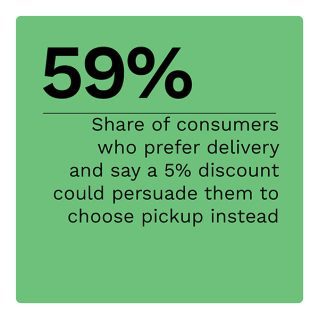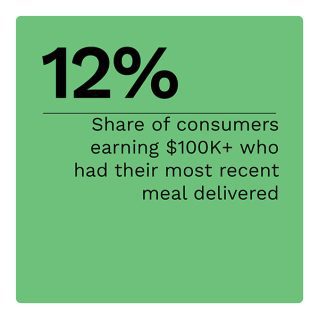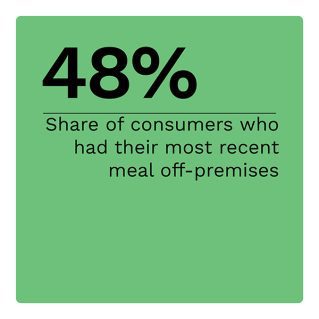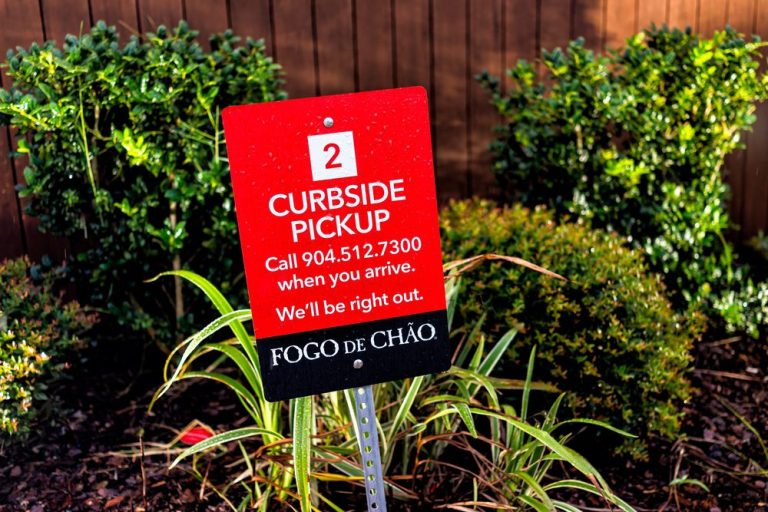Restaurant costs are rising, and consumers are craving solutions. The answer for many consumers trades effort for cost. Nearly half of restaurant customers opt for off-premises dining, and most choose pickup options over delivery.
Cost is top of mind: 58% of takeout customers say they pick up restaurant meals to save on delivery fees. This behavior is present among all income groups and age ranges, showing just how widespread efforts to cut costs have become.
These are just some of the key findings in “Connected Dining: Rising Costs Push Consumers Toward Pickup,” a PYMNTS exclusive report. We surveyed 2,168 United States consumers to determine what impact the high inflation rate of the last few years has had on their takeout dining habits.
Here is more of what we learned:
• Restaurant customers are opting for pickup four times more often than delivery.
 Although pandemic-related safety measures have lifted, for the most part, many changes to consumer behavior seem permanent, including a sustained interest in the remote ordering of restaurant meals. Consumers eat just 51% of all restaurant meals at the restaurant.
Although pandemic-related safety measures have lifted, for the most part, many changes to consumer behavior seem permanent, including a sustained interest in the remote ordering of restaurant meals. Consumers eat just 51% of all restaurant meals at the restaurant.
When consumers order meals for off-premises dining, 80% choose to pick their meals up. Just 9.5% of consumers overall chose to have their meals delivered.
• High inflation spurs consumers to cut costs, particularly delivery fees and tips.
PYMNTS’ data shows consumers intend to steer clear of costs that they can avoid.
Fifty-eight percent of restaurant customers say an important reason they choose pickup is to save on the cost of a delivery fee, and 42% of restaurant customers say they pick up their meals because not having to tip a delivery person is important to them.
• Restaurants can persuade consumers to change the method they use for getting their meals — with the right incentives.
PYMNTS’ data says incentives could also persuade consumers to change their preferences for how they get their restaurant meals. For example, 59% of the consumers who used delivery for their most recent restaurant purchase say a 5% discount would make them more likely to pick up a meal instead of having it delivered. A similar 5% discount could convince 50% of consumers who used pickup for their most recent restaurant meal to have the meal delivered instead.
Two straight years of high inflation have frustrated consumers, but they still want to enjoy restaurant meals while also contending with costs. To learn more about how consumers are adapting their takeout habits, download the report.

